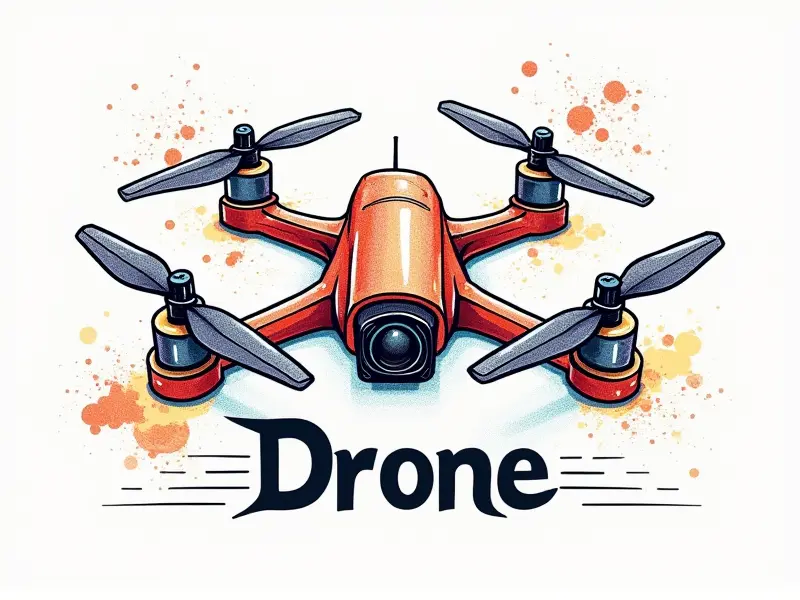RC helicopter setup?

RC Helicopter Setup: A Comprehensive Guide
Welcome to the world of remote-controlled (RC) helicopters! Setting up your RC helicopter can be an exciting yet daunting task, especially for beginners. This guide aims to simplify the process and provide you with essential tips and tricks to ensure a smooth setup experience.
Quick Start Guide: Setting Up Your RC Helo
The first step in setting up your remote-controlled helicopter is understanding its basic components:
- Fuselage: The main body of the helicopter, which houses essential parts like the motor and battery.
- Main Rotor Blades: These are crucial for generating lift and controlling pitch.
- Tail Rotor Assembly: This assembly is responsible for yaw control, allowing you to steer left or right.
- Battery Pack: Provides power to the motor and electronic speed controller (ESC).
Once familiar with these parts, follow these steps:
- Attach the main rotor blades securely to the fuselage.
- Install the battery pack according to manufacturer instructions.
- Connect the ESC and receiver to the appropriate ports on the transmitter.
How to Set Up Your RC Helicopter Quickly
Setting up your RC helicopter quickly is crucial for those who want to start flying as soon as possible. Here’s a streamlined process:
- Unbox and Inspect: Carefully unpack the helicopter, inspect all components for damage or missing parts.
- Charge Battery: Charge the battery pack before assembly to ensure full power during initial flights.
- Attach Rotor Blades: Securely mount the main rotor blades and tail rotor assembly according to instructions.
- Connect Electronics: Plug in the ESC, receiver, and transmitter. Ensure all connections are tight and secure.
Beginner's Guide to RC Helicopter Assembly
Assembling your RC helicopter for the first time can be challenging but rewarding. Here’s a detailed guide:
- Familiarize with Components: Understand each part of the helicopter, including fuselage, rotors, battery pack, and electronics.
- Attach Fuselage Parts: Begin by assembling the main body of the helicopter. Follow the manual for precise instructions.
- Install Motors and ESC: Securely mount the motor to the fuselage and connect it to the electronic speed controller (ESC).
- Mount Rotor Blades: Attach the main rotor blades carefully, ensuring they are balanced for optimal performance.
Essential Steps for RC Helicopter Setup
Here’s a step-by-step guide to ensure your RC helicopter is set up correctly:
- Prepare the Environment: Find an open, flat area with minimal wind and no obstacles.
- Check Battery Level: Ensure the battery pack is fully charged before assembly.
- Connect Transmitter: Pair your transmitter with the receiver to establish a reliable connection.
- Battery Installation: Insert the battery into the designated compartment and secure it tightly.
Mastering RC Helicopter Configuration Basics
Mastery of basic configuration is key to successful operation. Follow these steps:
- Calibrate Transmitter: Calibrate your transmitter settings for precise control and responsiveness.
- Battery Management: Use a reliable charger to maintain optimal battery levels.
- Tune Servos: Adjust servo trim settings for smooth, accurate movements of the helicopter’s controls.
Top Tips for First-Time RC Helicopter Setup
Here are some top tips to help you set up your RC helicopter with ease:
- Read Manuals Thoroughly: Before beginning assembly, read through all manuals and instructions carefully.
- Use Quality Tools: Invest in good-quality tools like screwdrivers and pliers to ensure precise installation.
- Practice Ground Control: Familiarize yourself with ground control before attempting flight maneuvers.
Easy Guide to RC Helicopter Calibration
Calibration is crucial for optimal performance. Follow these steps:
- Transmitter Calibration: Calibrate your transmitter’s trim settings and endpoints for precise control.
- Servo Centering: Adjust servo trims to ensure the servos are centered when neutral.
- Battery Voltage Check: Verify battery voltage levels using a voltmeter or multimeter to avoid undercharging.
Optimizing Your RC Helicopter Setup
To optimize your setup, consider the following tips:
- Balance Rotor Blades: Ensure rotor blades are perfectly balanced for smooth operation and reduced vibration.
- Tune Gyro Settings: Adjust gyro sensitivity settings to match flight conditions and performance requirements.
- Adjust Tail Pitch Trim: Fine-tune tail pitch trim to achieve proper yaw control and stability in the air.
Ultimate Guide to RC Helicopter Tuning
Tuning your RC helicopter is essential for achieving optimal performance. Here’s how:
- Main Rotor Trim: Adjust main rotor trim settings for balanced lift and controlled pitch.
- Collective Pitch Control: Fine-tune collective pitch control to regulate lift generation during flight.
- Fine-Tuning Gyro Sensitivity: Calibrate gyro sensitivity based on wind conditions and maneuver requirements.
Common Mistakes in RC Helicopter Setup
Avoid these common mistakes when setting up your RC helicopter:
- Inadequate Battery Charging: Ensure batteries are fully charged before assembly to prevent performance issues.
- Lack of Proper Calibration: Neglecting calibration can lead to poor control and reduced responsiveness.
- Improper Servo Adjustment: Incorrect servo adjustments can result in erratic movements during flight.
Essential Tools for RC Helicopter Setup
The right tools are crucial for a successful setup. Here’s what you’ll need:
- Screwdrivers (Phillips and Flathead): For securing screws in the fuselage.
- Pliers: To grip small components securely during assembly.
- Multimeter: To check battery voltage levels and troubleshoot electrical issues.
By following these guidelines, you can ensure your RC helicopter is set up for optimal performance and enjoyment. Happy flying!

